Green Energy Experience Hall Gwangju-Jeonnam Regional Headquarters (녹색에너지체험관 (광주전남지역본부))
5.6Km 2024-02-14
123 Cheomdangwagi-ro, Buk-gu, Gwangju
Green Energy Experience Hall is located within the Gwangju Jeonnam Regional Headquarters of the Korea Energy Agency. Here, visitors can learn about the importance of energy conservation and discover methods to save energy in everyday life. Key facilities include the Green Energy Experience Hall, the Outdoor Experience Hall, and the LED Exhibit Hall. Admission is free, and the center welcomes visitors aged five years and older.
Gajokhwegwan (가족회관)
5.7Km 2024-12-04
50 Dongmyeong-ro, Dong-gu, Gwangju
Gajokhwegwan is a Korean table d'hote restaurant with 36 years of tradition. Visitors can experience the charms of Jeolla Province style food that only uses fresh ingredients in season. There are both private rooms and large group seats to enjoy the meal.
Asia Culture Center (국립아시아문화전당)
5.7Km 2025-10-23
38 Munhwajeondang-ro, Dong-gu, Gwangju
+82-1899-5566
The Asia Culture Center (ACC) is an international arts and cultural exchange organization aimed to promote Gwangju as Asia's central hub through the integration of past and present-day cultural arts as well as the development of futuristic and progressive arts. The center consists of ACC Culture Exchange, ACC Children, ACC Archive & Research, ACC Theater, and other facilities to support and foster innovation.
◎ Travel information to meet Hallyu’s charm – movie “Exhuma”
This venue served as the backdrop for the scene where Hwa-rim and Bong-gil visit a hospital in LA to see a newborn whose parent’s life is in danger. Although portrayed as a hospital lobby, the scene was filmed in the Asia Culture Centre, Gwangju’s landmark cultural venue, notable for its impressive architecture that integrates natural elements.
Zipper House (여행자의 집)
5.7Km 2025-08-13
137-17 Donggyecheon-ro, Dong-gu, Gwangju
Zipper House is a multi-purpose cultural space that provides tourists with tourism information and convenient facilities, hosting various events and programs. The two-story building, adorned by a large red ribbon, features a gift shop selling souvenirs of Gwangju and Dong-gu, a campsite-like lounge and terrace, and a snack bar offering refreshments such as toast and coffee.
Hyusimjeong (휴심정)
5.8Km 2024-03-07
611-25 Imbangul-daero, Gwangsan-gu, Gwangju
Hyusimjeong is a multicomplex complete with Second One, a bakery cafe; Oat, a restaurant offering fusion cuisine; a pop-up store zone; and a gallery; all surrounded by a large garden, creating the perfect location for rest. The garden appears to be in bloom all year round thanks to the advanced landscaping that mixes over 28 species of trees and 30 species of flowering grasses.
Sajik Forest of Light (사직 빛의 숲)
5.8Km 2024-12-11
49 Sajik-gil, Nam-gu, Gwangju
Located within Sajik Park, the Forest of Light is a popular night view spot with a fantastic media art that incorporates historical themes of Gwangju. The space features a combination of lighting, video, and music to create multimedia contents, offering a variety of experiences and attractions through interactive art that responds to people's movements. The observation tower hosts a light show, and visitors can enjoy video contents through an AR telescope.
Gwangju Sajik Park (사직공원 (광주))
5.9Km 2022-08-05
49, Sajik-gil, Nam-gu, Gwangju
+82-62-652-3236
Sajik Park is located at the previous site of Sajikdan Altar, a ritual site to pray for peace and prosperity during the Three Kingdoms Era. In the 1960s, the site was home to Sajik Zoo, with the ritual being abandoned in 1894 and the altar in disrepair. However, in 1991, it was decided to move the zoo to another location and begin restoring the site. It was reopened in April 1994, 100 years after the last ritual.
Sajik Park is landscaped with various trees and flower beds. The park blooms pink and white with cherry blossoms annually in mid-April. During this time, the municipality of Gwangju installs lighting in the trees for citizens to enjoy the blossoms late into the night. The park has become established as a favorite rest area for Gwangju citizens. The park houses several attractions including Gwangju Broadcast Station (KBS), Memorial Tower for Policemen, Yangpajeong Pavilion, and Palgakjeong Pavilion overlooking downtown Gwangju.
Parc Sajik (Gwangju) (사직공원 - 광주)
5.9Km 2025-07-01
Gwangju-Si Nam-Gu, Sajik-Gil 49
Le parc Sajik a l’avantage d’être bien ammenagé, entre une variété d’arbres et de nombreux lits de fleurs. Chaque année autour du 15 avril, les cerisiers sont en fleurs, créant un spectacle splendide. Durant cette periode, la municipalité de Gwangju fait installer des lumières sur les arbres afin que les habitants puissant profiter du spectacle jusqu’à tard dans la nuit. Le parc est considéré comme l’endroit favori des habitants de Gwangju pour se reposer.
Le parc accueille plusieurs attractions, incluant un mémorial pour les héros nationaux, la station de TV et de radio de Gwangju (KBS), une tour en mémoire des policiers, le pavillon Yeonpajeong, la station de tir Gwandeokjeong ainsi que le pavillon Palgakjeong qui offre un point de vue sur le centre ville de Gwangju. Les variétés d’arbres, d’arbustes et de fleurs offrent une atmosphère accueillante pour chaque sortie.
Mulgogi Coffee Roasters (물고기 커피 로스터스)
5.9Km 2024-11-14
34 Jangdong-ro, Dong-gu, Gwangju
Mulgogi Coffee Roasters is an award-winning hand-drip specialty store in Gwangju. This place is famous among coffee enthusiasts for its fresh beans, which are handpicked and roasted, one by one, and its 20 kinds of drip bags. Visitors can enjoy their specialty, Geisha Coffee, or other blends from Africa, Latin America, India, China, and other Asian countries.
Yangnim-dong Missionary Cemetery (양림동 선교사 묘지)
6.0Km 2021-05-28
77, Jejung-ro, Nam-gu, Gwangju
+82-62-607-2333
The Yangnim-dong Missionary Cemetery is the final resting place of 23 missionaries who brought Christianity to Gwangju and led the movement to free the nation from under Japanese colonial rule. Yangnim-dong in Gwangju Metropolitan City was the main area in which Priest Bae Yu-ji and Dr. Clement Owen carried out their work as the first missionaries to Jeollanam-do.
Located nearby is a monument dedicated to Priest Bae Yu-ji and the Owen Memorial Building, built in honor of Dr. Owen and his grandfather. Both memorials are cultural assets and particularly prized by locals of the Christian faith.
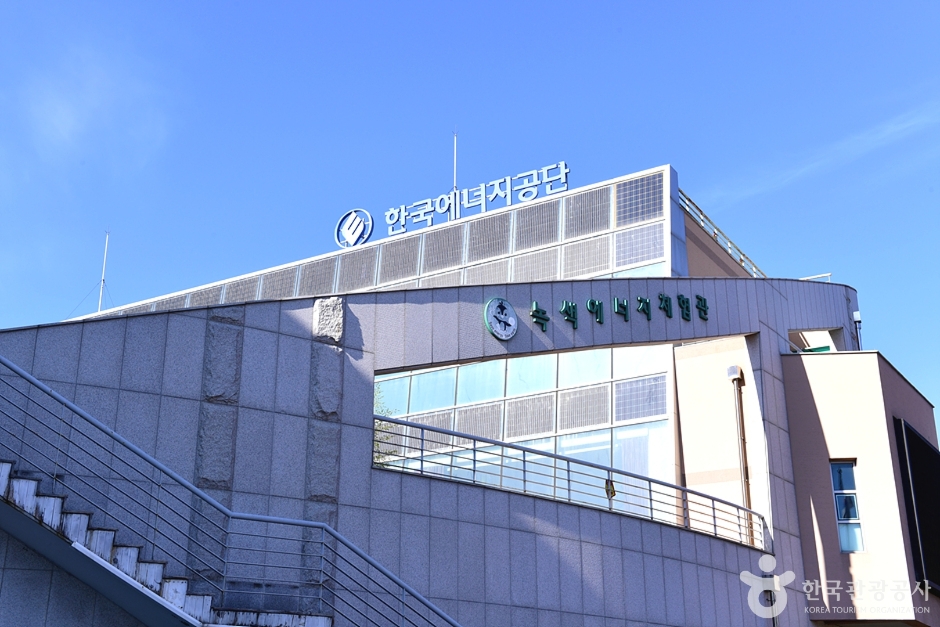
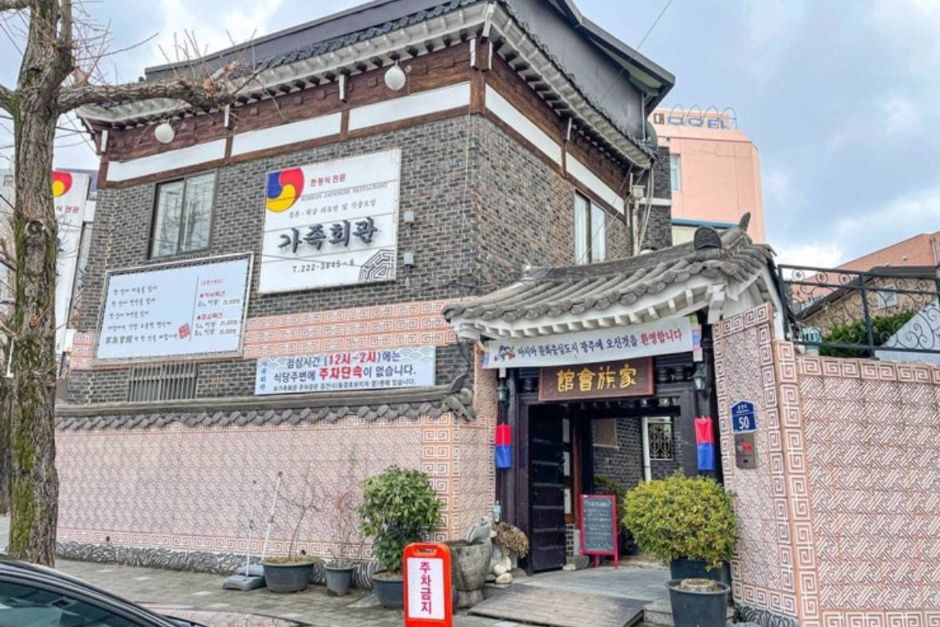
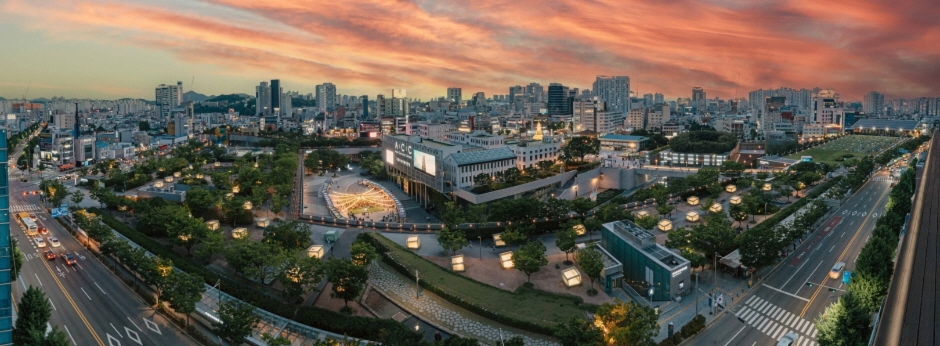
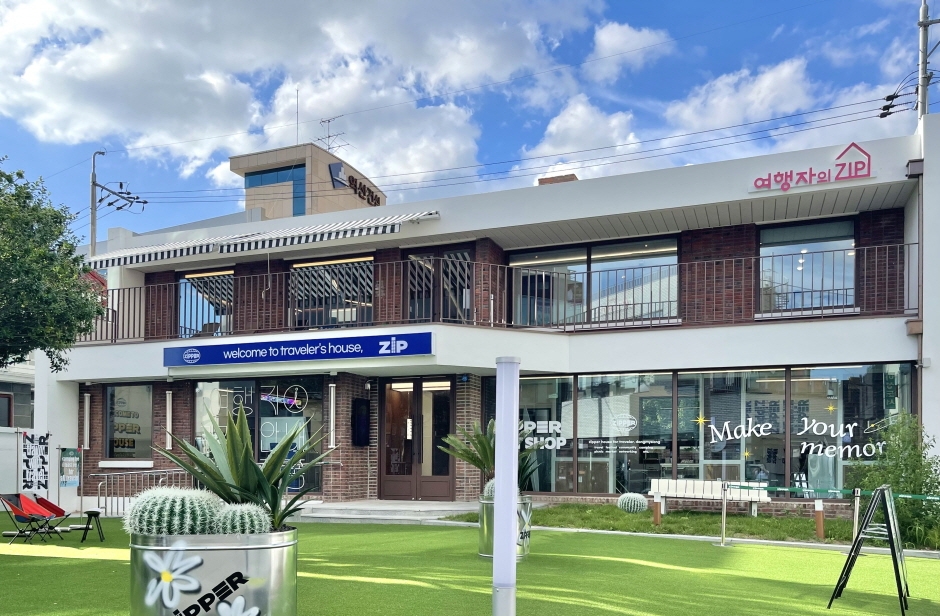

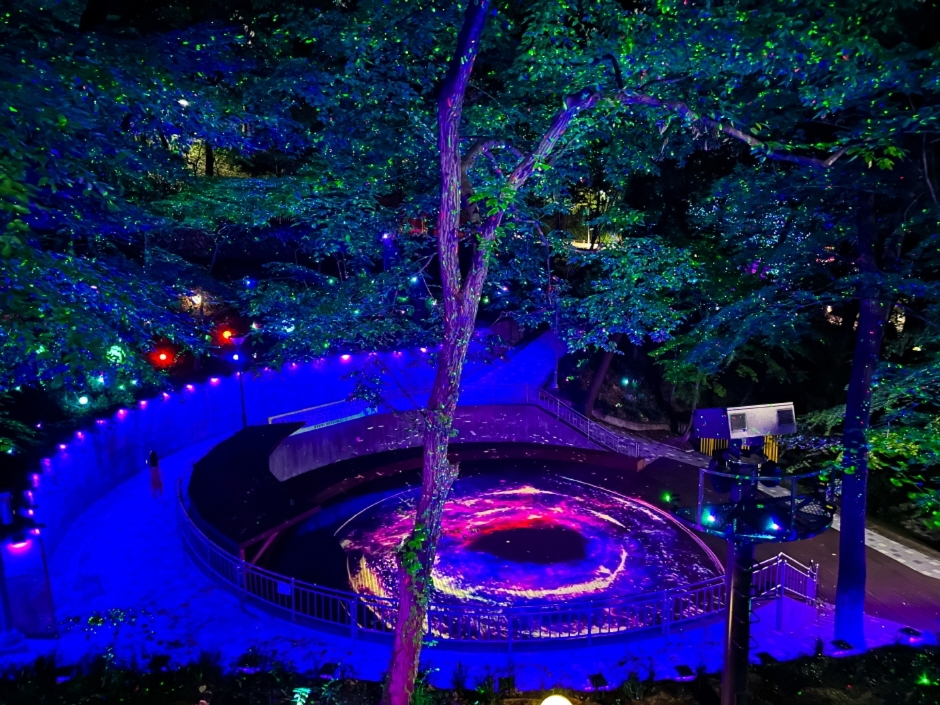
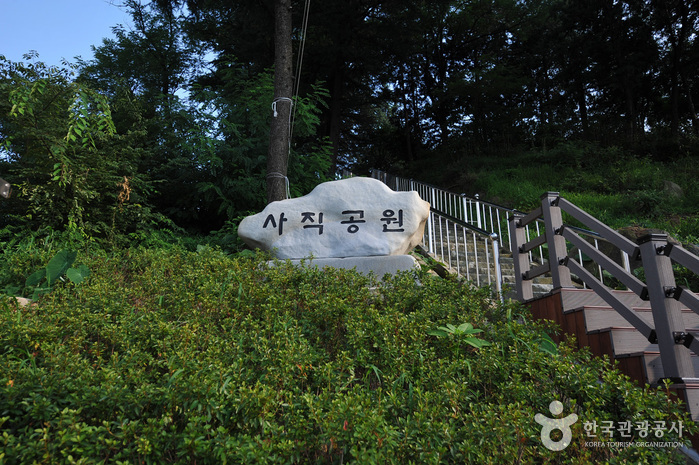
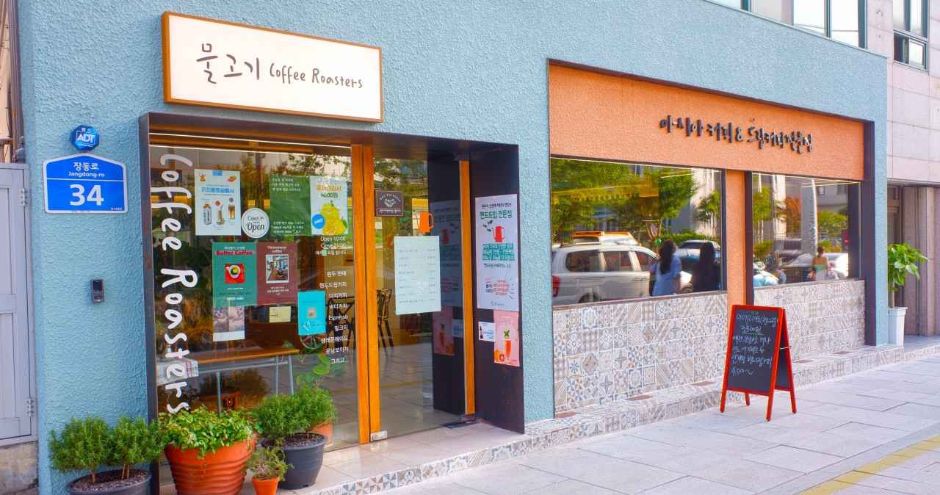
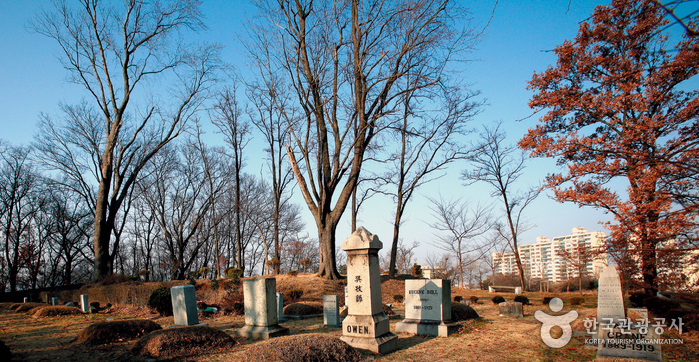
 English
English
 한국어
한국어 日本語
日本語 中文(简体)
中文(简体) Deutsch
Deutsch Français
Français Español
Español Русский
Русский